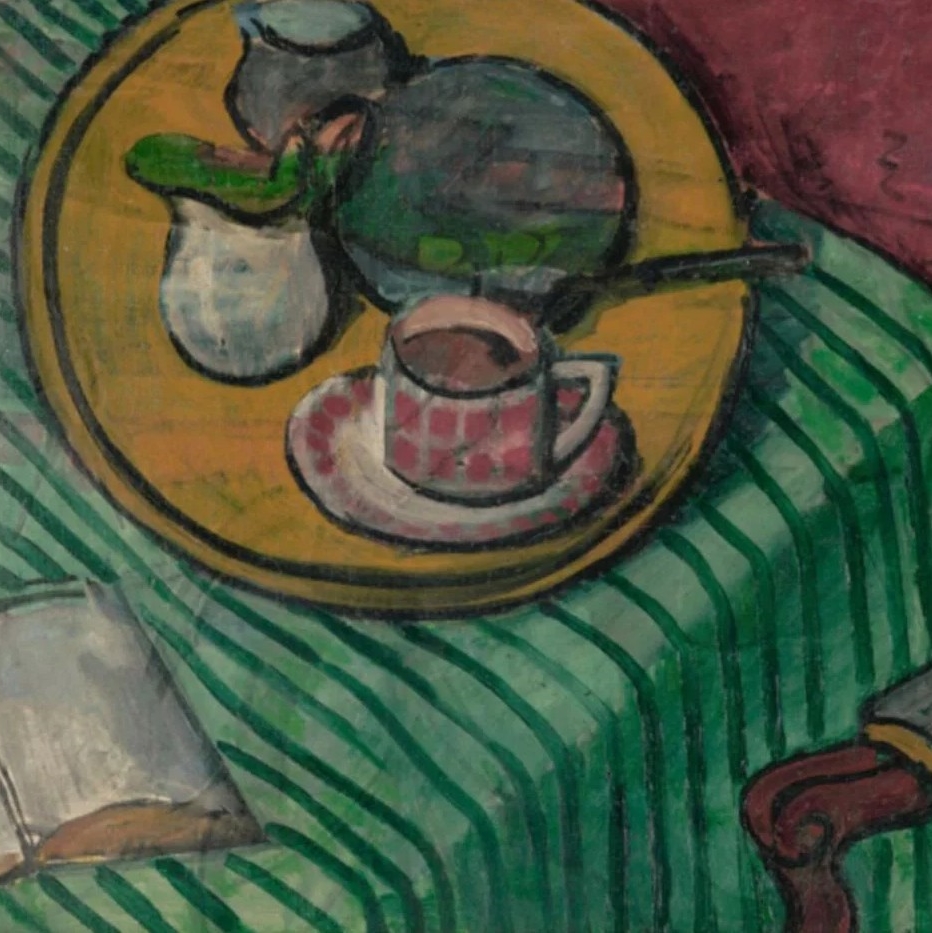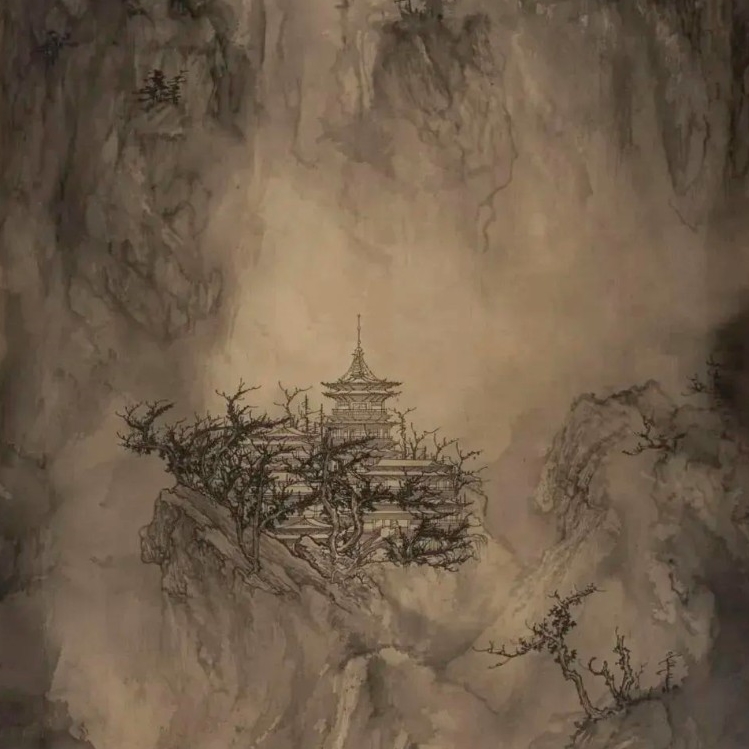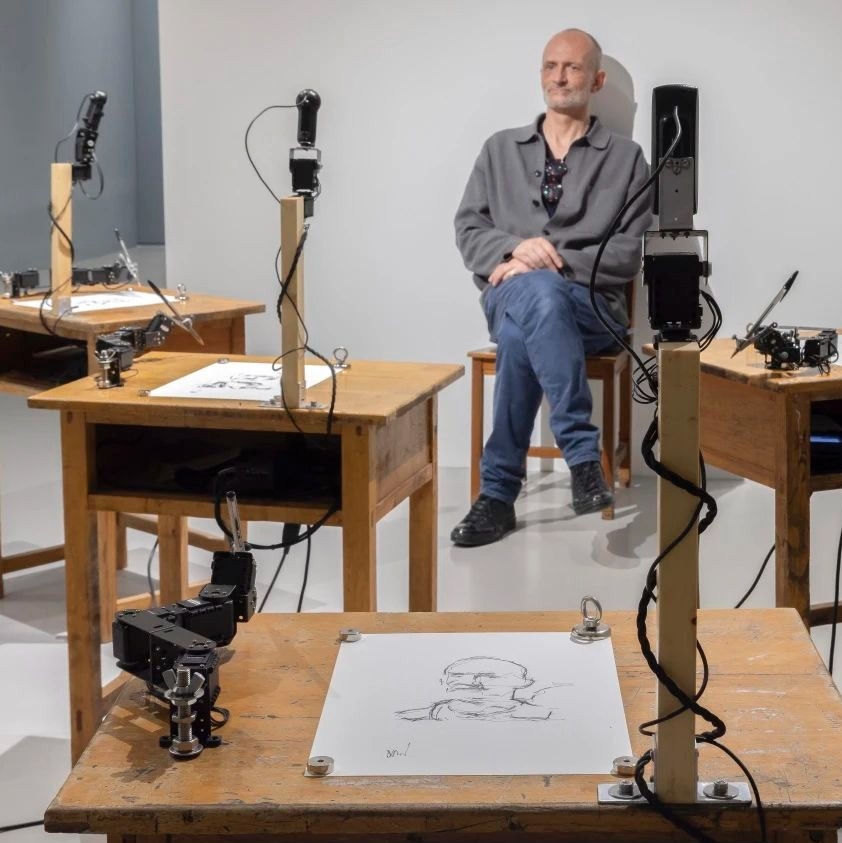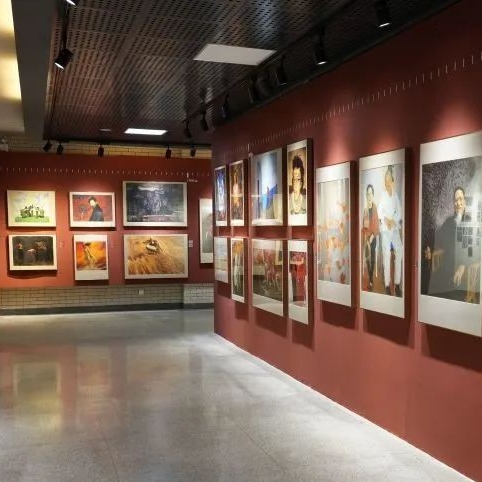The prevailing perception of Sun Zongwei among his family, friends, and fellow students is that he was silent, introverted, and endowed with a decent temper. In the last ten years, this “silent painter” has caught the interest of both domestic and foreign academic circles. On the one hand, his extensive investigative experience in northwest China, among other places, inspired relevant research about the cultural characteristics of ethnic groups and distinctive landscapes. More critically, in comparison to other painters of his time, Sun Zongwei has gradually developed a distinguishing creative path based on his travel experience in China. Sun’s distinctive creative method originated from the realism framework introduced by Mr. Xu Beihong. However, he gradually worked to distance himself from it in a spontaneous way.
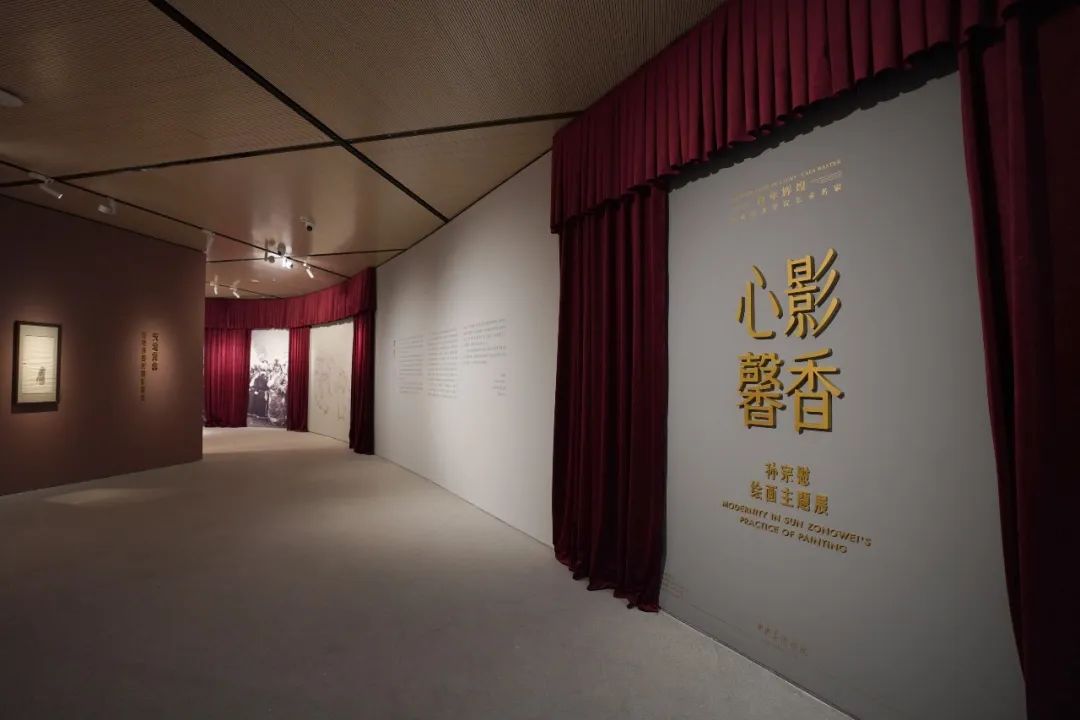
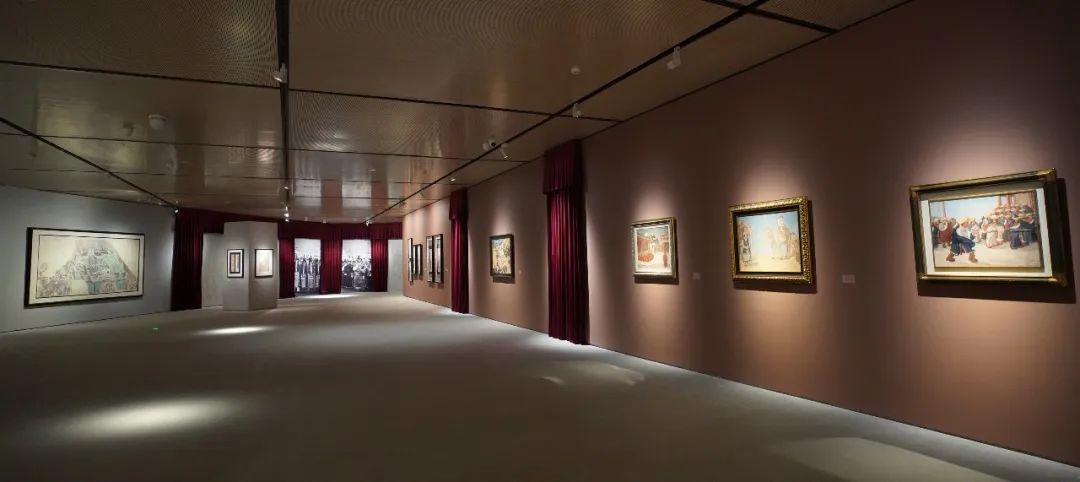
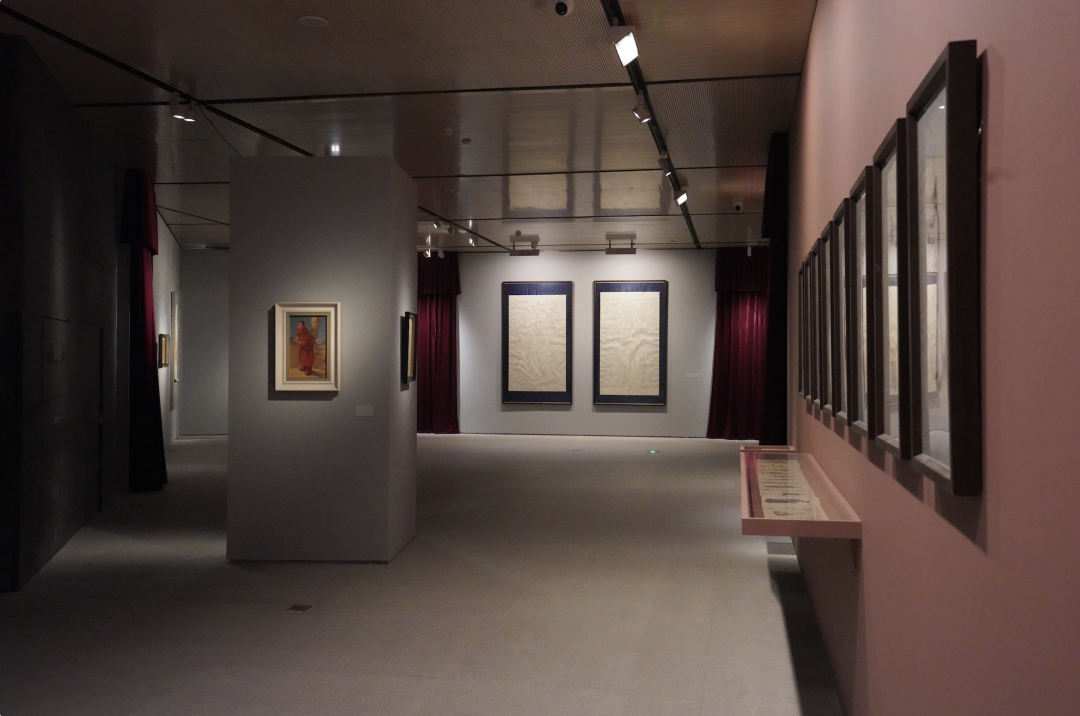

Installation View of “Modernity in Sun Zongwei’s Practice of Painting”, CAFA Art Museum.
Recently, the exhibition “Modernity in Sun Zongwei’s Practice of Painting” kicked off at CAFA Art Museum, featuring Mr. Sun Zongwei’s life experience and artistic career. A body of paintings entitled “Port of Tanggu” unveil the artist's diversified artistic languages, ranging from oil paintings, ink and color paintings, and line drawings in traditional ink and brush styles. In contrast to the classical style emphasizing representative figures and plots in creations related to important state construction projects, Sun Zongwei was inclined to capture the entire atmosphere of the construction scenes and meticulously depict the details of ships, equipment and tracks while shaping figures in a more general and universal way.
 Sun Zongwei, “Port of Tanggu”, ink and color on paper, 44×213cm, 1954. Provided by Sun Zongwei’s family.
Sun Zongwei, “Port of Tanggu”, ink and color on paper, 44×213cm, 1954. Provided by Sun Zongwei’s family.
 Sun Zongwei, “Port of Tanggu”, ink and color on paper, 44×213cm, 1954. Provided by Sun Zongwei’s family.
Sun Zongwei, “Port of Tanggu”, ink and color on paper, 44×213cm, 1954. Provided by Sun Zongwei’s family.
 Sun Zongwei, “Port of Tanggu”, oil on canvas, 55×70cm, 1954. Provided by Sun Zongwei’s family.
Sun Zongwei, “Port of Tanggu”, oil on canvas, 55×70cm, 1954. Provided by Sun Zongwei’s family.
How did Sun Zongwei develop such a unique style step by step in his artistic career? Instead of representing the historical scenes and stories, “Modernity in Sun Zongwei’s Practice of Painting” is prone to shed light on the creative process of a painting and a developing progress of an artist when unfolding three chapters, which is concluded and emphasized by the curator Prof. Cao Qinghui from the Department of Art History at CAFA, as the traits of “painting practice” of Sun Zongwei.

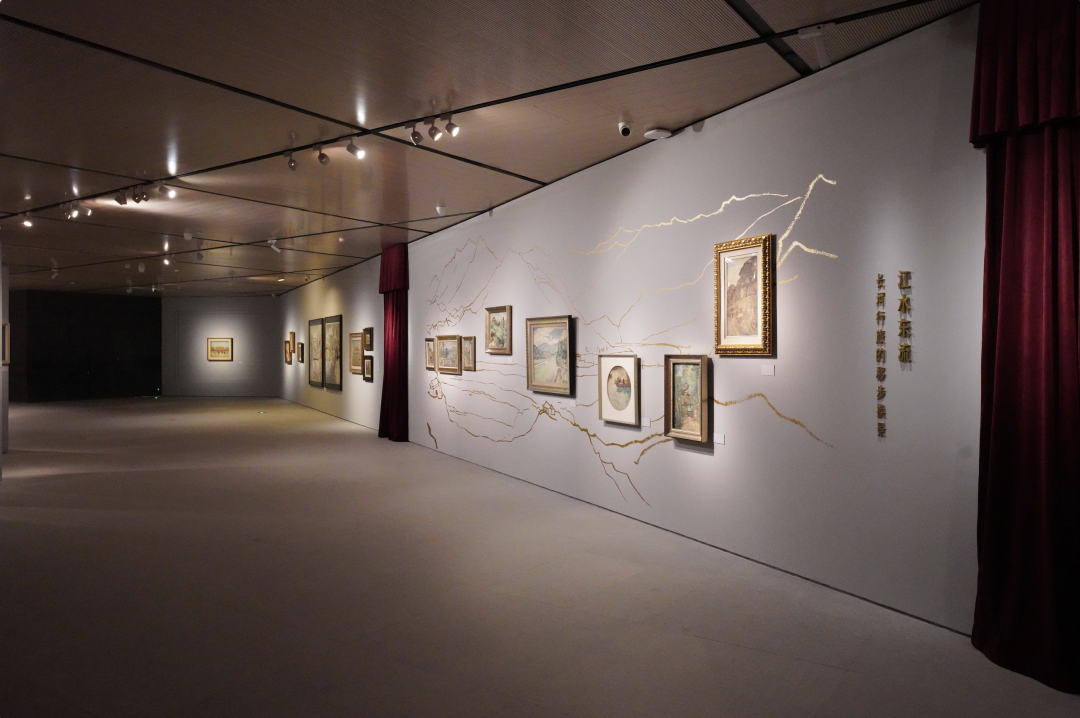
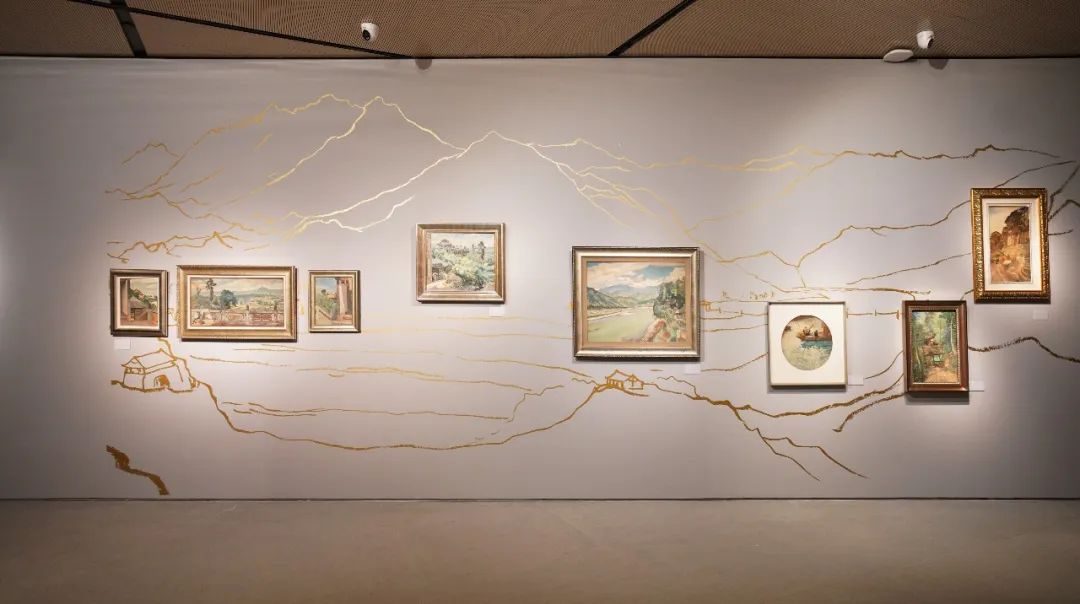
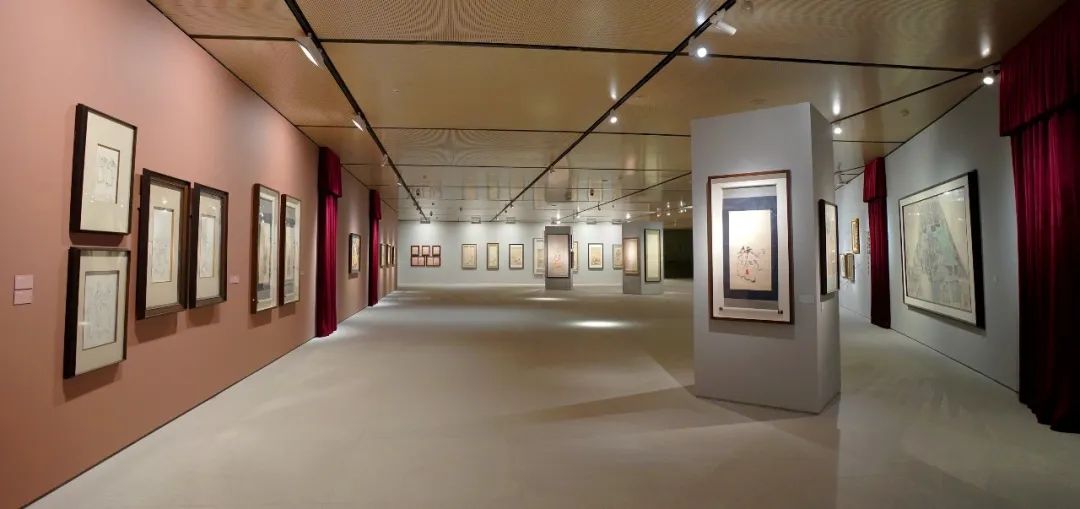
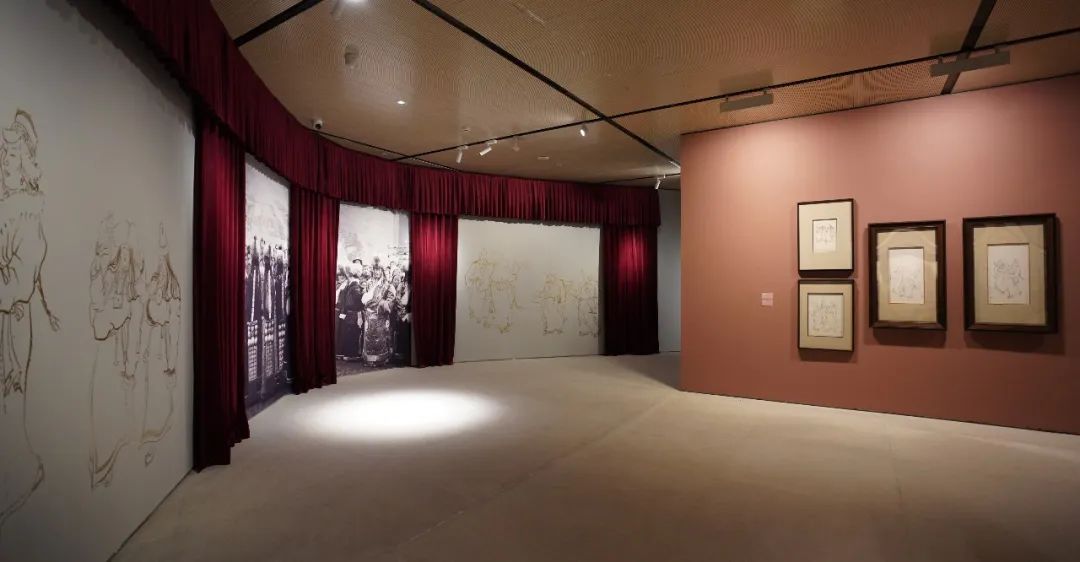
Installation View of “Modernity in Sun Zongwei’s Practice of Painting”, CAFA Art Museum.
As one of Mr. Xu Beihong’s students at the Art Department at the National Central University (now Nanjing University), Sun Zongwei initiated his artistic career by accepting the realism framework introduced by Xu. Therefore, he has developed a solid foundation in terms of painting from nature, sketching, structure, as well as light and shadow in a both theoretical and practical sense. In 1941, recommended by Lyu Sibai, who served as the Dean of the Art Department at the National Central University, Sun assisted Mr. Zhang Daqian to investigate the art of Dunhuang Grottoes in northwestern China. During the investigation in Dunhuang, Sun blazed an innovative trail for his painting language. The traditional art patterns in grottoes, which was shaped by imaginary and intangible faith that was created by artisans rather than well-educated artists so provides no concrete images to imitate and sketch. Instead, it requires the creators to project their mental landscape based on life experience and understandings of faith and map these pictures by themselves. Therefore, from “painting from life” addressed by realism to “depicting and mapping pictures” inspired by grotto art, Sun Zongwei gradually groped his way to develop a unique observation method and expressive language of art. At this stage, a universal and abstract inclination appeared in his paintings, incorporating the Western realism system accepted at an early age, which gradually reconcile with each other. The modernity behind the figures and images created by Sun still has a remarkable influence when we see his paintings nowadays.
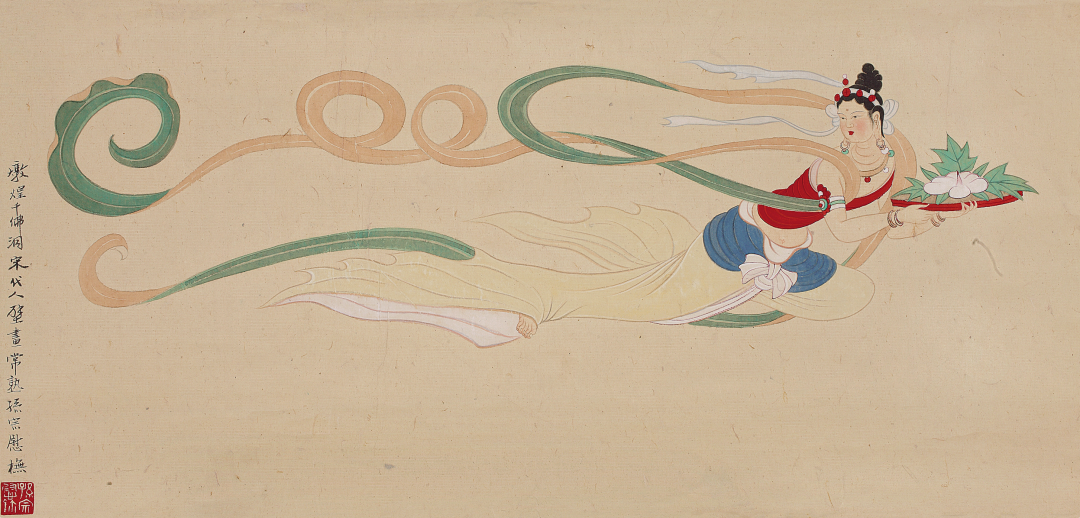 Sun Zongwei, “Dunhuang Murals: Flying Apsaras", ink and color on paper, 30×69cm, 1945. Provided by Sun Zongwei’s family.
Sun Zongwei, “Dunhuang Murals: Flying Apsaras", ink and color on paper, 30×69cm, 1945. Provided by Sun Zongwei’s family.

Sun Zongwei, “Bodhisattva Dancing in Yulin Grottoes, Anxi", ink and color on paper, 86×44.5cm, 1945. Provided by Sun Zongwei’s family.

Sun Zongwei, “The Guardian”, ink and color on paper, 111.5×63.5cm, 1945. Provided by Sun Zongwei’s family.
 Sun Zongwei, "Mongolian and Tibetan Women Singing and Dancing", oil on canvas, 90×120cm, 1943. Collection of CAFA Art Museum.
Sun Zongwei, "Mongolian and Tibetan Women Singing and Dancing", oil on canvas, 90×120cm, 1943. Collection of CAFA Art Museum.
Modernity, intriguingly, is precisely another underlying theme of the exhibition. According to the curator Cao Qinghui, the curatorial team intends to introduce Sun Zongwe’s paintings as a representative case study to illustrate modern practice of paintings in China. Thus, a variety of discussions regarding modernity in Chinese fine arts could be further stimulated.
 Sun Zongwei, “A Journey to the North”, oil on canvas, 78×67cm, 1947. Provided by Sun Zongwei’s family.
Sun Zongwei, “A Journey to the North”, oil on canvas, 78×67cm, 1947. Provided by Sun Zongwei’s family.
 Sun Zongwei's "Self-Portrait", oil painting on wood, 45cm in diameter, in the 1940s. Collected of CAFA Art Museum.
Sun Zongwei's "Self-Portrait", oil painting on wood, 45cm in diameter, in the 1940s. Collected of CAFA Art Museum.
It is reported that “Modernity in Sun Zongwei’s Practice of Painting” remains on view till 26th, March, 2023.
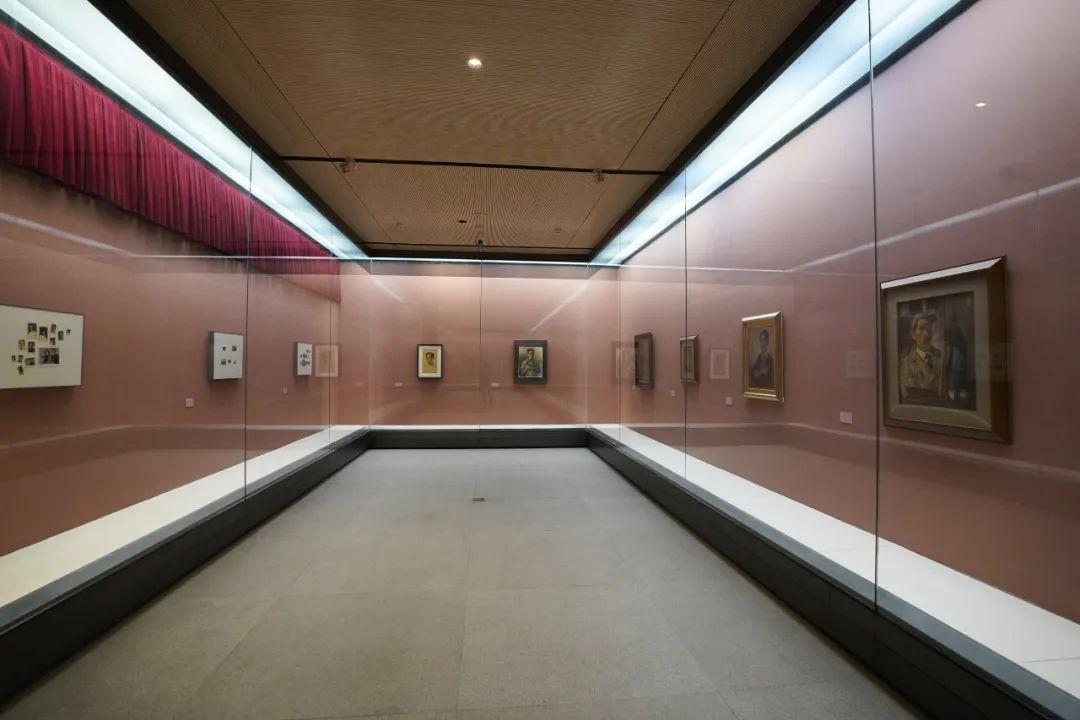
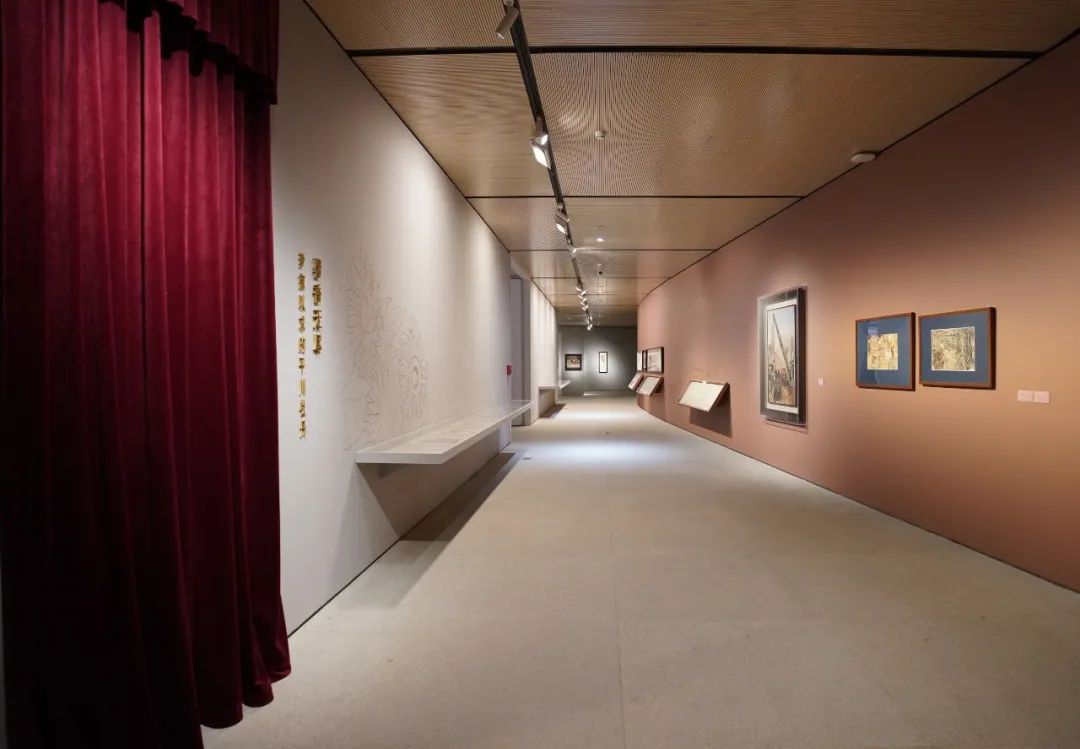

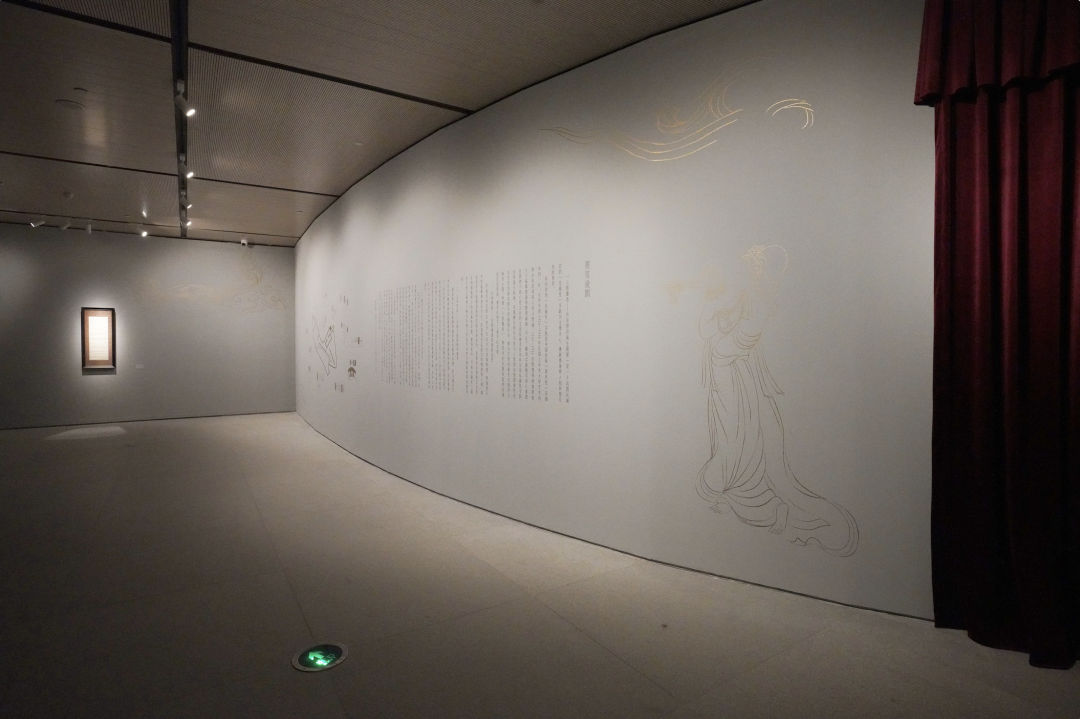
Installation View of “Modernity in Sun Zongwei’s Practice of Painting”, CAFA Art Museum.
Text by Emily Weimeng Zhou and edited by Sue/CAFA ART INFO.
Image courtesy of the organizer.
About the exhibition
 “Modernity in Sun Zongwei’s Practice of Painting”
“Modernity in Sun Zongwei’s Practice of Painting”
Dates: 2023.02.28-03.26
Venue: CAFAM Gallery 2B


